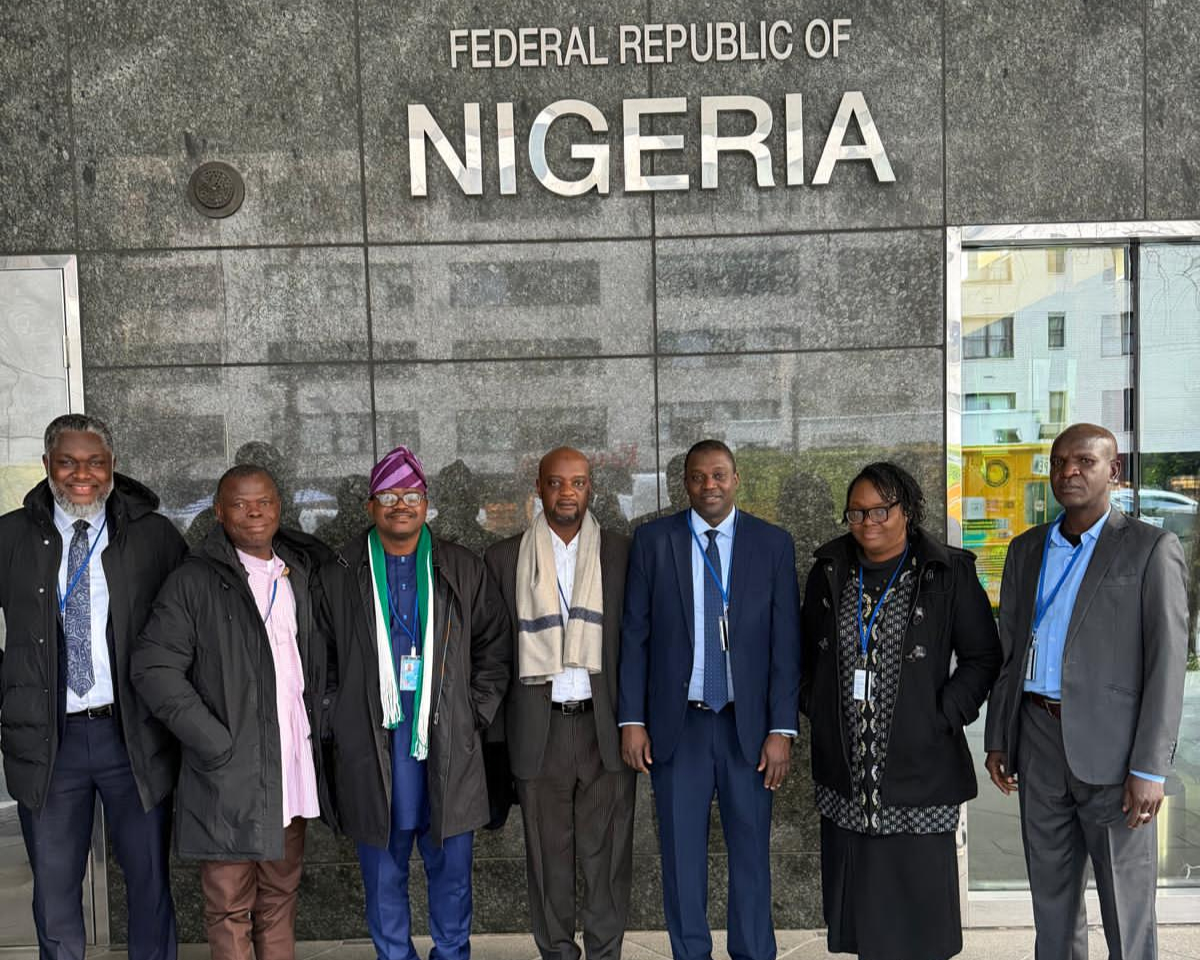The GSMA has provided governments across the globe with guidance on the implementation of Direct-to-Device (D2D) satellite services.
D2D connects mobile handsets directly to satellites, supplementing coverage from terrestrial mobile networks and enhancing network resilience. D2D can have a positive impact if national regulations protect against harmful interference into mobile networks, which serve 5.8 billion people globally.
To shape best practice on D2D, the GSMA Board launched a spectrum task force in 2024 – bringing together over 50 mobile and satellite operators. The paper drew from those discussions and offered governments practical, near-term guidance.
Chief Regulatory Officer at the GSMA, John Giusti, said: “Direct-to-device satellite connectivity has the potential to extend the reach of mobile, strengthen resilience and deliver real societal benefits. But without careful and balanced regulation, it risks disrupting the very mobile services that billions of people rely on every day. Our guidelines are designed to help governments embrace innovation while protecting the foundations of the mobile ecosystem.”
On extending mobile coverage, GSMA said today 57 per cent of the world’s population is connected to mobile broadband and D2D can add resilience and supplement their services when they travel to areas with no connectivity, such as deserts, oceans, or mountains.
The telecoms advocacy body, of which Nigeria is a member, said D2D can also help connect part of the unconnected who live outside coverage of mobile broadband networks (the coverage gap), estimated at four per cent of the global population.
Crucially, 39 per cent of people live within mobile coverage but are not connected (the usage gap) because of issues such as affordability and digital literacy. Addressing both the lack of coverage and usage are essential to achieving the industry vision of connecting everyone.
Satellite’s strength lies in its ability to reach remote areas. It cannot provide the capacity that terrestrial mobile networks can deliver, but with the correct regulation, D2D can supplement terrestrial mobile coverage.
GSMA explained that D2D services can operate in two different types of spectrum, each with unique regulatory implications. This includes using the mobile (IMT) spectrum. This enables the use of standard handsets, requires commercial agreements between mobile network operators (MNOs) and satellite operators, and means regulators can ensure access derives from existing licensed MNO spectrum.
According to it, benefits from following early regulation from countries such as the U.S., Canada and Australia, which authorise MNOs to share their spectrum under their existing licences.
The second situation is using mobile satellite service (MSS) spectrum. Here, handsets must include specialised chipsets, currently limited to a small number of high-end devices.
GSMA said while it may not be necessary for satellite operators to join forces with mobile operators, users are likely to adopt services more seamlessly where commercial partnerships are in place.
It revealed that 3GPP has already standardised several MSS bands, but widespread adoption in devices is still lacking.
On priorities for policymakers, the GSMA’s paper highlighted that governments considering early D2D regulation should among others protect mobile networks by requiring D2D operations to prevent interference with existing mobile services domestically and across borders; support commercial partnerships between MNOs and satellite operators to benefit both industries and consumers; ensure regulatory consistency by updating any early national rules with forthcoming WRC-27 outcomes to avoid fragmentation and recognise handset availability limits, especially for MSS-based D2D, when setting policy expectations.
GSMA noted that D2D can provide a valuable supplemental technology for the mobile industry, new business for the satellite and mobile sectors, improve resilience and extend access to services for end-users.
Governments should allow mobile operators to deploy D2D services in partnership with satellite operators.






